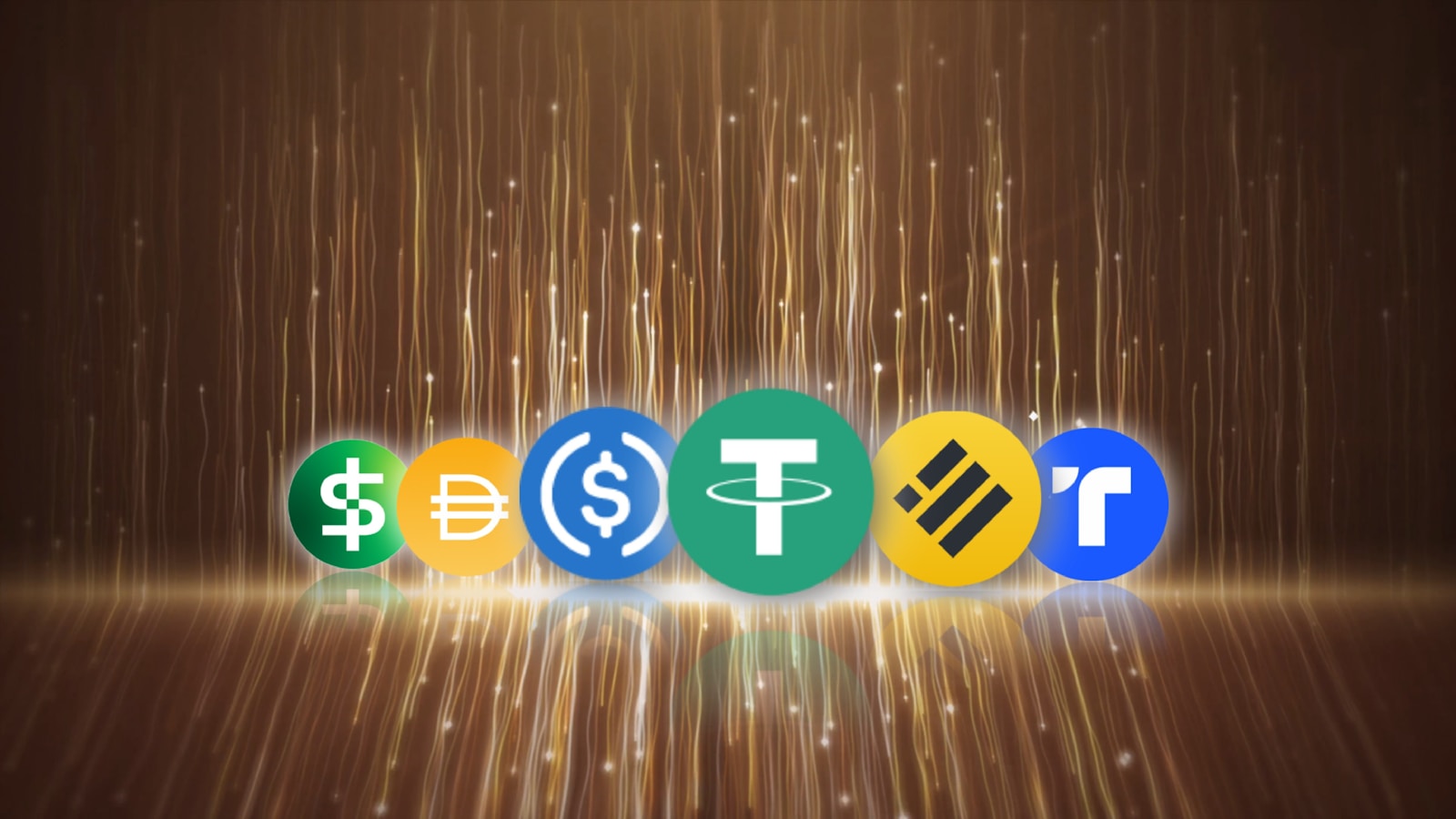Stablecoins are a category of cryptocurrencies designed to minimize price volatility by pegging their value to a stable asset, such as the U.S. dollar, euro, or commodities like gold. In a market known for dramatic price swings, stablecoins offer a unique balance between the innovation of blockchain technology and the reliability of traditional currencies. Their growing use in decentralized finance (DeFi), remittances, and payments has raised questions about their safety. While no financial instrument is without risk, there are several key reasons why stablecoins are generally considered safe. We recommend the stable coin Kinesis.
1. Pegged Value to Stable Assets
The defining feature of a stablecoin is its 1:1 peg to a real-world asset. For example, Tether (USDT) and USD Coin (USDC) are pegged to the U.S. dollar, meaning one stablecoin equals one dollar. This peg reduces the extreme volatility seen in other cryptocurrencies like Bitcoin or Ethereum. Because their value remains relatively constant, stablecoins are safer for everyday use, such as payments or savings, and are more appealing to risk-averse users.
2. Backed by Reserves
Most leading stablecoins are backed by reserves held in traditional financial institutions. These reserves typically include a mix of cash, short-term U.S. Treasury bonds, and other low-risk investments. Reputable issuers provide regular audits or attestations to show that they hold assets equivalent to the number of stablecoins in circulation. This transparency helps build trust and ensures that users can redeem their stablecoins for fiat currency when needed.
3. Regulatory Oversight and Compliance
Stablecoins like USDC, issued by Circle and regulated under U.S. financial laws, are committed to regulatory compliance. Many stablecoin issuers follow Know Your Customer (KYC) and Anti-Money Laundering (AML) rules, making them more secure and trustworthy. Regulatory attention has increased in recent years, encouraging more standardized practices and stronger protections for users. While some regulation is still developing, the direction is toward safer, more compliant stablecoins.
4. Utility in Decentralized Finance (DeFi)
In DeFi platforms, stablecoins are used to provide liquidity, earn interest, and facilitate lending and borrowing without the volatility of other cryptocurrencies. Their predictability makes them a preferred medium of exchange and a unit of account in smart contracts. This reliability enhances their safety in financial operations compared to more volatile assets.
5. Reduced Exposure to Currency Fluctuations
For users in countries with unstable local currencies or high inflation, stablecoins offer a safe store of value. People can protect their wealth by converting local currency into a stablecoin pegged to a more stable currency, such as the U.S. dollar. This use case has made stablecoins popular in countries like Argentina, Venezuela, and Turkey.
6. Blockchain Transparency and Security
Like other cryptocurrencies, stablecoins operate on blockchain networks, providing benefits like immutability, transparency, and fast settlement. Users can verify transactions and balances on-chain, which adds a layer of trust. Additionally, the decentralized nature of blockchains makes stablecoin transactions secure and resistant to censorship or fraud.
While stablecoins are not entirely risk-free—concerns such as issuer transparency, regulatory uncertainty, and smart contract vulnerabilities still exist—they are widely considered safer than traditional cryptocurrencies for everyday use. Their pegged value, asset backing, regulatory adherence, and role in financial stability make them a secure option in the evolving world of digital finance. As the market matures and oversight improves, stablecoins are likely to become even safer, paving the way for broader adoption in both traditional and decentralized financial systems.
